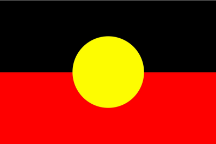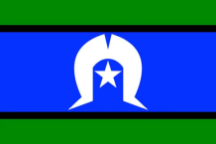Pronouns are a grammatical means of referring to a person or persons when not using their name. Common pronouns are ‘she/her/hers’, ‘he/him/his’ or gender neutral pronouns such as ‘they/them/theirs’. The pronouns a person uses to describe themselves generally reflect their gender identity.
|
Which pronouns do you use? |
||
|
Identity |
Pronouns |
Example |
|
Identifying as a man |
He/Him/His |
He passed well |
|
Identifying as a woman |
She/Her/Hers |
I was in her team |
|
Identifying as neither |
They/Them/Theirs |
That is their ball |
Inclusive language refers to the way we communicate with people both verbally and in written form that respects people’s sexuality and gender identity.
For someone who is trans or gender diverse, gender identity is often something that is very important. For someone who has always been cisgender (a term used to describe people whose gender identity is the same as the sex assigned to them at birth), someone using the wrong pronouns to describe them may not be offensive, but for some people it could be hurtful for this to happen to them.
Netball Victoria recognises the importance of gender identity in creating safe and welcoming spaces for everyone in our sport. We encourage everyone to use preferred pronouns in their communication with the netball community, and we offer all staff the opportunity to include their preferred pronouns in their email signatures.
Netball Victoria encourages clubs, associations and leagues to consider taking this step to make your environment as inclusive as possible. This will assist people within your organisation to ensure they are using people's preferred pronouns when not using their name.

